What Do Gnrh Injections Do in Beef Cattle
Author: Colin D Penny BVM&S CertCHP DBR DipECBHM MRCVS
Reviewed: Colin D Penny BVM&S CertCHP DBR DipECBHM MRCVS 2016
Published: 2009
Introduction
The use of artificial insemination (AI) in beef cows is still uncommon in the UK. Many beef farmers do not consider AI due to the problems of heat detection and handling for AI but there are several potential benefits of AI in commercial beef herds including:
- Access to quality sires with Estimated Breeding Value (EBV) data allowing selection of bulls with traits for producing heifer replacements, reducing dystocia rates (Fig 1) and producing quality calves for beef production.
- Increasing the % of cows calved in the first 21 days of calving period by having groups of cows all bred on day 1 of the mating period.
- Eliminating the possible disease risks associated with natural service and bull hiring.
There is a misconception that bulls are super-fertile and AI conception rates can never match the performance of a bull which is certainly untrue in many cases. Subfertile bulls are often masked by multiple sire mating groups and extended mating periods (see bull fertility bulletin). With good management, beef cows can achieve 1st service AI pregnancy rates of 65% or better following synchronisation, however this is often not achieved due to poor planning and other factors.
This article summarises an approach to the use of AI in beef herds and highlights areas that need considered to obtain the best results.


Fig 1: Reduction of dystocia risk is possible by selecting AI sires with good calving ease figures
Economics
Before farmers rule out AI because of cost in a beef herd, the cost of keeping bulls must be considered. This is probably underestimated by many farmers especially when most keep more bulls than required and often have a bull for heifer matings that may only produce 20 calves or less per season. The cost of keeping a reasonable quality stock bull on farm may be up to £1600 per year (based on average longevity of 4 working years , depreciation and fixed and variable costs). Surveys have shown few beef bulls in a herd sire more than 35 calves per year giving a potential cost per calf of around £45. If a bull is kept all year to only breed a small group of heifers or cows then AI can be a cost effective alternative (Fig 2). Any cow or heifer that conceives to AI on day 1 of the breeding period will have a more valuable calf at weaning/sale due to increased weight from being older and having superior genetics for growth.
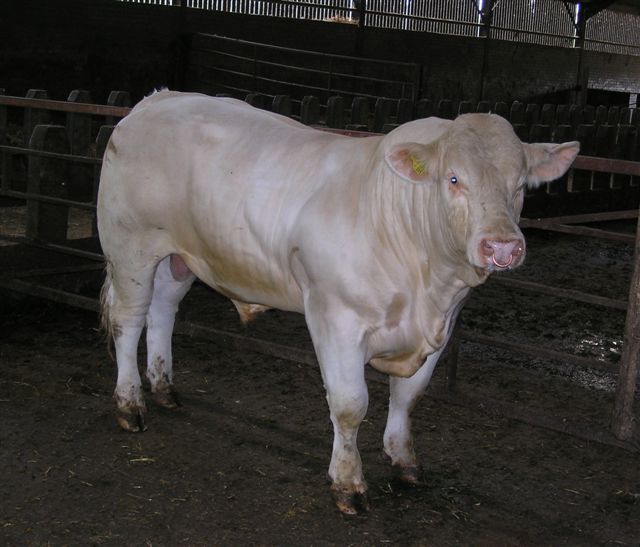
Fig 2: Keeping a quality bull to sire only a small number of calves per year may be more expensive than using synchronised AI
Oestrus synchronisation - planning for success
Before embarking on an oestrus synchronisation programme for AI then some prior planning is essential to avoid disappointment. Some key points that must be considered are:
Cows should ideally be at least 40 days calved before entering a synchrony programme to ensure best results. Cows calved less than 40 days are more likely to be anoestrus (non-cyclic) at the time of implant insertion and while progesterone based programmes will bring most cows out of anoestrus, the resulting pregnancy rates from the first post-calving heat may be poorer.
Maiden Heifers
Farms that are breeding their own replacement heifers should be aiming to calve at 2 years of age therefore first mating must be commenced by 15 months of age. This means in a group of homebred heifers there will be some selected for breeding that may be less than 15 months old. There is a risk that in some breeds of late maturing beef cross heifers (eg. Limousin cross) a proportion of animals may not have reached sexual maturity and this may explain poorer results achieved with synchronised AI in young beef heifers. The move away from traditional dairy cross heifers is probably contributing to this problem. Ideally heifers must be at least 65% of mature bodyweight at first service ( eg. 420kg for a mature cow weight of 650kg). In general, results with synchronised AI in maiden heifers should be good if all are cycling before entering the programme. (Fig 3)
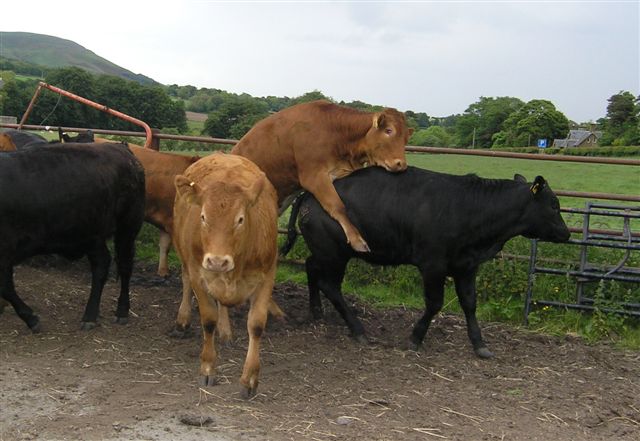
Fig 3: Heifers should be cycling before entering synchrony programmes if they have reached target bulling weights
Body condition score/nutrition/trace elements
Forward planning is essential to ensure cows are calved at target condition scores (Fig 4) to ensure most are cycling prior to synchrony (see cow fertility bulletin). The basic rule is to try and keep a steady or rising plane of nutrition and avoid sudden changes. Trace element supplementation (eg. copper, selenium and iodine), if required, should be administered well before the synchronisation programme. Copper/selenium/iodine deficiencies have to be severe and prolonged before they are likely to adversely affect fertility. Simple energy/protein deficiency leading to poor body condition score and prolonged anoestrus is by far the most common cause of poor fertility in many herds (Fig 5).
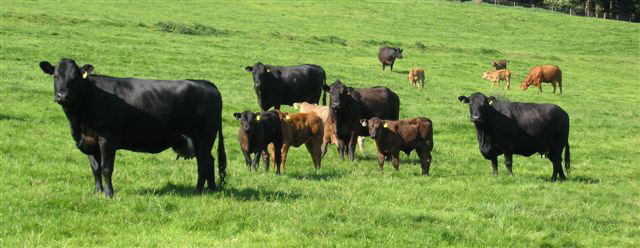
Fig 4: Achieving target condition score at calving and good grazing management will reduce the risk of anoestrus cows entering synchrony programmes
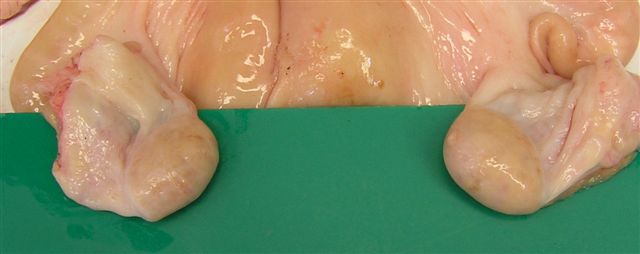
Fig 5: Cows with inactive ovaries such as this due to poor nutrition will be poor candidates for synchronisation
Infectious disease control
The presence of active BVD, IBR or Leptospira Hardjo infection in a susceptible group of cows/heifers during a synchrony programme can have disastrous consequences on AI pregnancy rates therefore the infectious disease status of the herd should be established in advance. This is particularly important if synchronising a group of bought-in heifers that may be naïve at purchase and then exposed to disease. If herds are vaccinated for BVD, Leptospirosis etc. then booster doses should not be administered during the synchrony programme but should be completed prior to the programme starting. Administration of vaccines around the time of AI may reduce conception rates.
Parasite Control
Whilst cows will tend to have age acquired immunity to gut worms and normally not require worming prior to breeding the growing problem of liver fluke must be considered on many farms. If liver fluke infection is a risk then strategic dosing, particularly for autumn calvers should be carried prior to breeding/synchrony and not left until during the breeding period.
Handling Facilities
Some thought should be given to suitability of the handling system on the farm as cattle will need gathered on several occasions during the programme and for AI. Ideally the crush should be covered as inseminating a large batch of cows in heavy rain/snow is not ideal! (Fig 6)
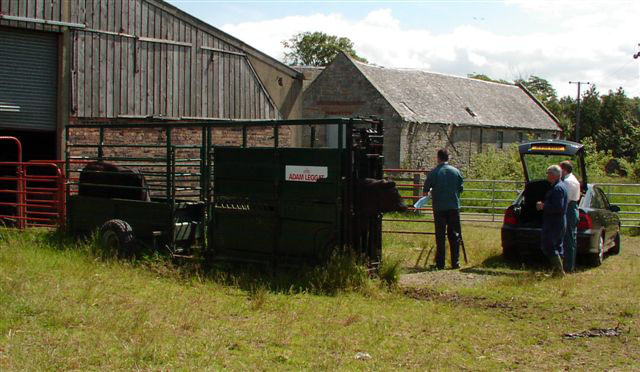
Fig 6: A suitable handling system must be available for synchronised AI
Choice of Programme/Products for Oestrus Synchrony
Synchronisation for AI can seem complicated however the basic principle is to use drugs such as prostaglandin (PG) injection and progesterone implants (PRID™ or CIDR™) to control the oestrus cycle (Fig 7). Discussion with your vet will allow choice of the best programme for your herd. Progesterone based programmes using PRIDs™ or CIDRs™ are normally used in cows as they can effectively synchronise non-cycling cows especially if combined with pregnant mare serum gonadotrophin (PMSG/eCG) injection at removal. Two injections of PG , 11 days apart followed by AI at 72 and 96 hours can be used in heifers which are well grown and cycling and can give acceptable results. Once a programme has been made up it is important to stick strictly to the timings given to ensure good results.

Fig 7: Intra-vaginal Progesterone implants are the product of choice when synchronising beef cows
The length of implant period can be varied between 7-9 days, depending on products used. If fixed time AI is being carried out it is important to inject PG at least 24 hours before implants are removed to ensure any progesterone output from the ovaries has ceased by the time of implant removal (Fig 8). PG injection must be given at least 6 days after the day of implant insertion to ensure any cows that were around oestrus at the start of the programme have formed a responsive corpus luteum.
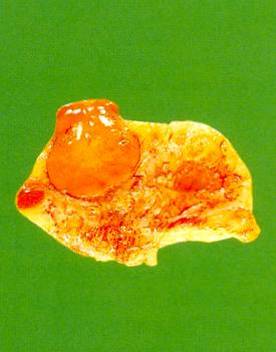
Fig 8: The corpus luteum on the ovary is removed by PG injection
Example Oestrus Synchrony Programme For Beef Cows Using CIDR Implants

*PMSG
Injecting 400iu PMSG on the day of implant removal will be beneficial in anoestrus cows and our experience suggests this dose is unlikely to induce twin ovulation. Selection of cows for PMSG treatment can be based on condition score and time post calving or by ultrasound ovarian scanning. Thin cows (BCS <2) and cows calved <55 days at first AI may benefit. In well fed beef cows that have calved at target condition score and are cyclic then there may be little benefit in PMSG treatment.
Use of Gonadotrophin releasing hormone (GnRH) injection at implant insertion.
A possible add-on to the programme described above is to inject cows with a dose of GnRH on the day of progesterone insertion. This starts a fresh wave of follicles on the ovary and may further tighten the degree of synchrony at implant removal. It adds some cost to the programme but may improve pregnancy rate.
Single or double AI
One of the key decisions to be made is whether to use a single insemination at 56 hrs or to inseminate twice at 48 and 72hrs. Experience would suggest that whatever programme is used there will be an improvement in pregnancy rate of 5-10% when double insemination is used. The cost benefit must be weighed up depending on AI costs, labour etc.
Repeat Synchronisation
For farmers that are keen to maximise the use of AI in their beef herdswith minimal heat detection then cows/heifers can be resynchronised following the initial AI by inserting progesterone implants at day 16 after the first AI date.
The implants are removed 5 days later (day 21 after initia lAI, cows/heifers are tail painted and then observed for heats and AI'd over the next 48-72 hrs when non pregnant animals will return. This system does require some heat detection for the 2nd synchronised AI, however if small numbers of animals are involved it can eliminate the need for natural service. This system can be useful when a group of heifers is to be bred and a suitable bull is not available on farm.
Double Synchronisation Programme for Beef Cows/Heifers
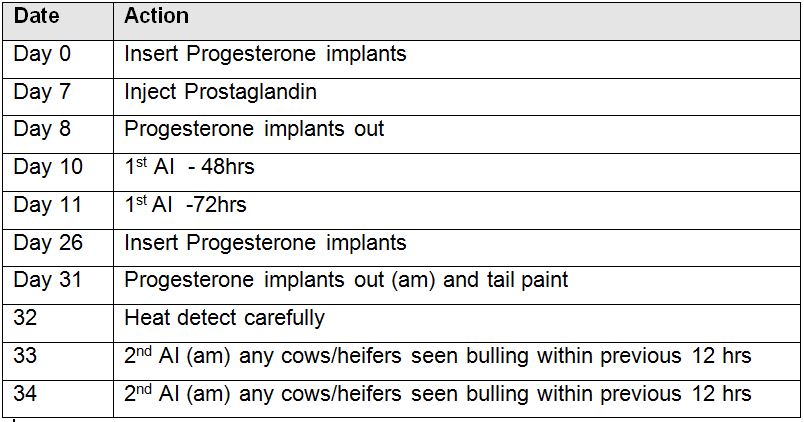
Summary
Beef cows and heifers can be synchronised reliably for fixed time AI using progesterone implants intra-vaginal and PG injections. With good management it is possible to get 1st service AI pregnancy rates of 65% or higher but this requires good nutritional management, control of infectious/parasitic diseases that can affect fertility and attention to detail.
Source: https://nadis.org.uk/disease-a-z/cattle/beef-herd-fertility/synchronised-breeding-in-beef-herds/
0 Response to "What Do Gnrh Injections Do in Beef Cattle"
Enviar um comentário